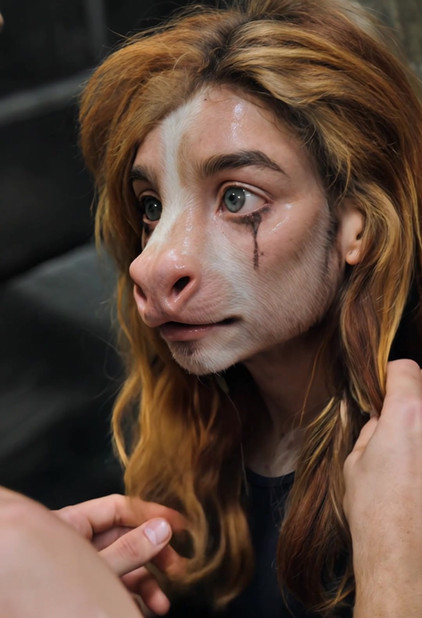HOME | DD
 orlenM — Speculative Evolution - Paruza
orlenM — Speculative Evolution - Paruza

#boar #entelodont #hell #pig #predator #scavenger #spec #speculative #babirusa #paruza #evolution #speculativeevolution #gorgaias
Published: 2022-01-31 00:10:23 +0000 UTC; Views: 5753; Favourites: 23; Downloads: 1
Redirect to original
Description
This is the Paruza, a semi-predatory descendant of the Babirusa, from my speculative evolution project Gorgaias (see other illustrations for more details).Convergent evolution is a common occurrence on Earth, and there is no reason the same phenomenon wouldn't occur on another world seeded with Earth organisms. The Paruza resembles the Entelodonts of the early Cenozoic era, although the latter appears to be more closely related to Hippos. Paruza fill a niche similar to what Entelodonts did when they were alive, as well as bears. In a world with no Carnivora, the omnivorous Babirusa was one of the animals along with monkeys and birds of prey that could grab available terrestrial predatory niches. While many descendants of the Babirusa are herbivores, such as the Catoblepas , the Paruza is an omnivore with predatory tendencies. It is the typically the largest predator/omnivore in their ecosystems. With powerful jaws and crushing teeth, a Paruza is equally capable on muching on tubers as it is crunching bones. Paruza usually get their meat scavenging from carcasses, stealing them from smaller predators through their sheer size and strength, but they will occasionally hunt live prey, usually young or weak ungulates that are easy to catch. Paruza are solitary for most of the year, although they will congregate during the mating season. Boars fight each other for mating rights, eating little as they attempt to win over the sows. The sows gestation period is rather short for a large animal, though only one calf is born and it will mature slowly. Several females usually band together to raise their offspring for the first few months until they are larger at which point each calf and mother usually split from each other again.
























